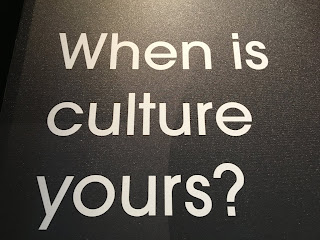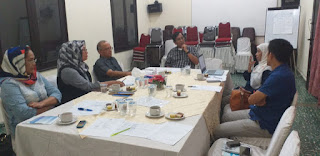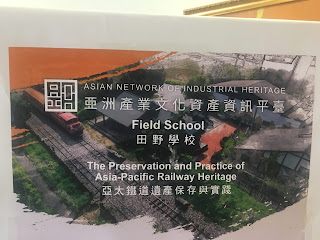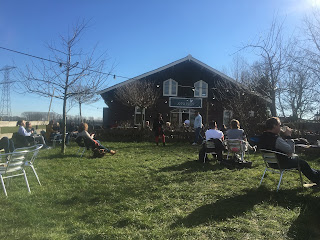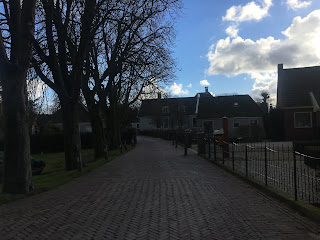A LONG BREATH FOR INDUSTRIAL HERITAGE

The industry is one of the most exciting fields in cultural heritage to look at, especially in Asia, where industrial heritage is not widely known yet. The industry associates more with economic development but not yet with social and cultural development. This should be changed considering that the industry becomes one of the development backbones of Asia. Assets and potentials are tremendous. Interests and enthusiasm, especially from young professionals are huge. Everybody is hungry and thirsty for knowledge and examples from the field! Those are my personal motivation why I dedicate my attention in the last few years to industrial heritage in Asia and in Indonesia specifically. It is with pleasure to be part of the ANIH (Asian Network for Industrial Heritage) with its newly launched website. Through this website, we can see we do our best to promote the industrial heritage of Asia for larger public. In 2020, ANIH will hold its Third Forum in Sawahlunto, Indonesia. Fo...
